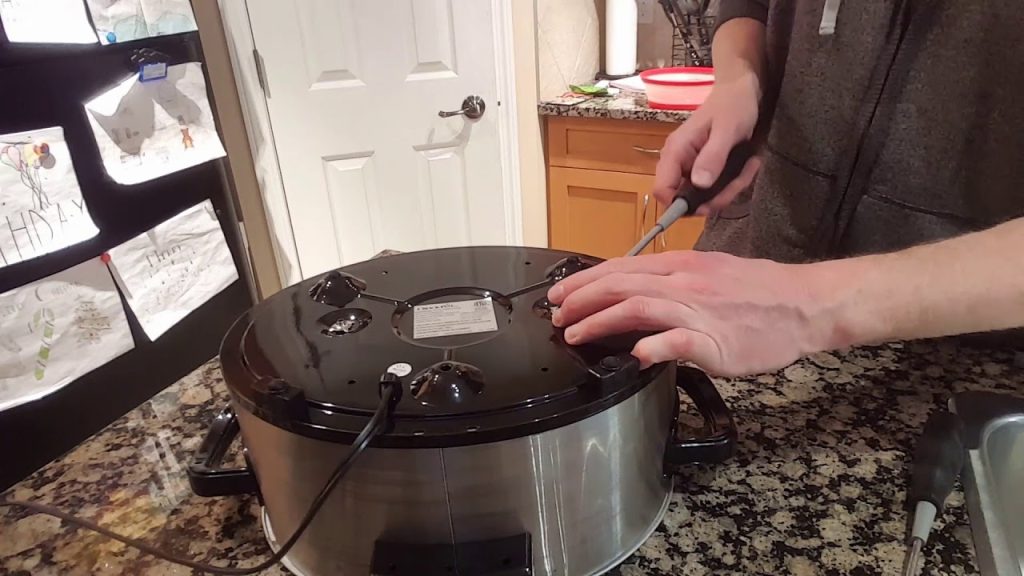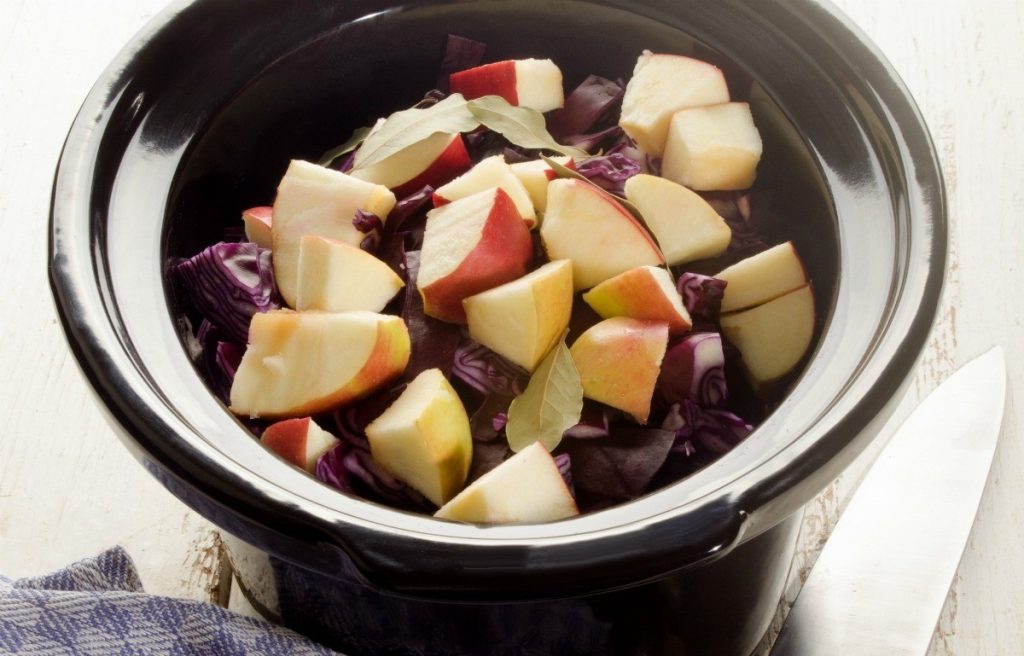How to Recycle Old Crock Pots and Reuse Them?

It’s a given that everything will break at some point. And, while most Crock-Pots endure for decades, what happens if yours doesn’t? Is it possible to recycle Crock-Pots?
Here’s what I’ve discovered after doing some research:
A crock-ceramic pot’s insert and metal base cannot be recycled at the curb. Ceramics that are recycled with glass result in a new product that is structurally compromised. Furthermore, the metal base contains too many electronic components to be recycled at the curb.
There are, however, alternatives to throwing it away totally.
We all want to do our part to help the environment; therefore, you may be unsure what to do with these items when the time comes to dispose of them.
Instead of tossing away a broken crock-pot, there are a few locations you may take it.
Let’s take a closer look at this subject as a group.
Is it possible to recycle ceramics?
Ceramics are ineligible for recycling. The fundamental reason for this is that ceramics are more challenging to break down than glass. And when they’re transformed into new items, they lose their initial strength.
So, how does this affect crock-pots? Ceramic is most likely the central pot portion that goes into the electric heating element.
It is not melted down in the same manner as glass. More powerful machinery is required to break down porcelain into small enough fragments to be recycled into anything new.
The presence of ceramics in ordinary recyclable glass, according to waste management, might further weaken the recovered product.
Another reason ceramics aren’t widely accepted in municipal recycling bins is that shattered pieces can be hazardous to employees.
Broken glass is not taken for the same reason. Workers can easily get hurt by the sharp edges of broken pieces if they reach into the bin without looking or make a mistake when preparing recycling materials.
The following are the most typically accepted recyclable items for your convenience:
- Cardboard
- Batteries
- Plastic
- Metal
- Paper
- The glass that hasn’t been cracked or heated
Is it possible to repair a cracked crock-pot?

Crock-pots that have broken-off sections are impossible to repair, and cracks that run the length of the pot’s base or side are also challenging to repair. While damaged pieces could be superglued together, the ceramic insert would no longer be food-safe.
Crock pots that have cracked are one of the most typical reasons for their disposal.
So, what happens if one of these things happens to your crock-pot? Is there any way to save it so you can keep using it?
Of course, it depends on the severity of the crack. Can it be just a tiny surface crack? Is there a core break that causes the vessel to leak, or are there several cracks that branch out from it? Is it possible that a piece of the puzzle has broken away?
There are no glues that can hold it together while yet being food safe.
They will gradually leak over time, causing damage to the appliance’s heating element or electric component if liquid enters.
If you only have a superficial crack, though, there is still hope.
A tried-and-true treatment, hot milk, has worked for some folks. If the damage to the crockpot is merely a surface crack, heated milk can cover the crack and form a connection that will survive for a long time.
What are some fresh ways to put old crock-pots to use?

If the heating element in an old crock-pot has failed, but the ceramic pot is still in good shape, there are several options for repurposing it:
Then there are the planters:
- Dish to serve
- A baking plate (for use in a standard oven) –
- Avoid using the lid in the oven because it is unlikely to be oven-safe.
- Container for storing goods
- Making kombucha or other fermented beverages.
Even if the pot is cracked or broken, you can find creative ways to use it.
If it only has a chip chipped off and the heating element is still functional, you might use it to make:
- Candles
- Soap
- Making fascinating shapes out of discarded crayons
- Alternatively, break it down into tiny pieces and use them in mosaics or other projects where ceramic tiles would typically be used.
In a crock-pot, can you change the heating element?
Depending on the amount of damage, a crock pot’s heating element can be fixed or replaced. However, you may discover that purchasing a new one is less expensive and handier.
However, I was unable to find any heating components for any crock-pot on the company’s official parts page. So, suppose you’re determined to replace the heating element. In that case, you’ll need not only some DIY skills, but you’ll also need to comb your area for crusty old appliance parts shops.
Again, I’m not sure why someone would want to do that when new crock-pots can be obtained for as little as $20.
If your crock-pot isn’t cracked but has a broken heating element, it may be possible to fix it and get it back in working order.
You’ll want to start by troubleshooting to figure out which item (or pieces) isn’t operating correctly.
Examine the circuit board to see if it’s in good functioning order.
If the circuit board is in good working order, it could be the switch that has to be replaced.
It will be necessary to replace the circuit board and controllers if they are damaged.
If the slow cooker isn’t heating yet and the heating element is working, a new thermal fuse may be required.
If the probe that detects the temperature of your meat isn’t reading correctly, it may need to be changed.
Suppose everything else appears to be in order, but the unit is still not heating. In that case, the heating element may need to be replaced.
What’s the most effective approach to getting rid of a slow cooker?
Best Buy has electronic recycling boxes just inside the front doors where you may dispose of a crock-metal pot’s base. Suppose the ceramic insert is in good condition and not cracked or broken. In that case, your local thrift shop will likely accept it as is for individuals in need of replacement inserts.
Most people will tell you that tossing your old, slow cooker in the garbage is the best way to get rid of it.
Ceramics aren’t commonly accepted in curbside recycling bins, but that doesn’t mean they can’t be recycled. There are alternative environmentally responsible options for disposing of your slow cooker. Some localities will recycle it by crushing it and using it as a drainage system or driveway rock basis. Broken pieces’ edges can also be used as gravel.
Even if the crock-pot is broken, thrift stores aren’t entirely out of the question. Please make a list of all the thrift stores in your area and tell them you’re looking to donate a broken or cracked Crock-Pot. Some individuals may purchase it for the parts needed to repair the heating element. In contrast, others will use the ceramic portion for other projects. You don’t want to give it to a charity that won’t try to resell it. If you don’t tell them first, they might toss it away after the donation.
Conclusion
This article should have answered all of your questions about crock-pots and what to do if one breaks. Don’t worry if most municipal recycling programs won’t accept them. You can still have a beneficial impact on the environment by not tossing them in the trash.
There are still sites where you may recycle them. If you’re feeling creative and inventive, you can even recycle them at home. There are a plethora of options for you to choose from.











